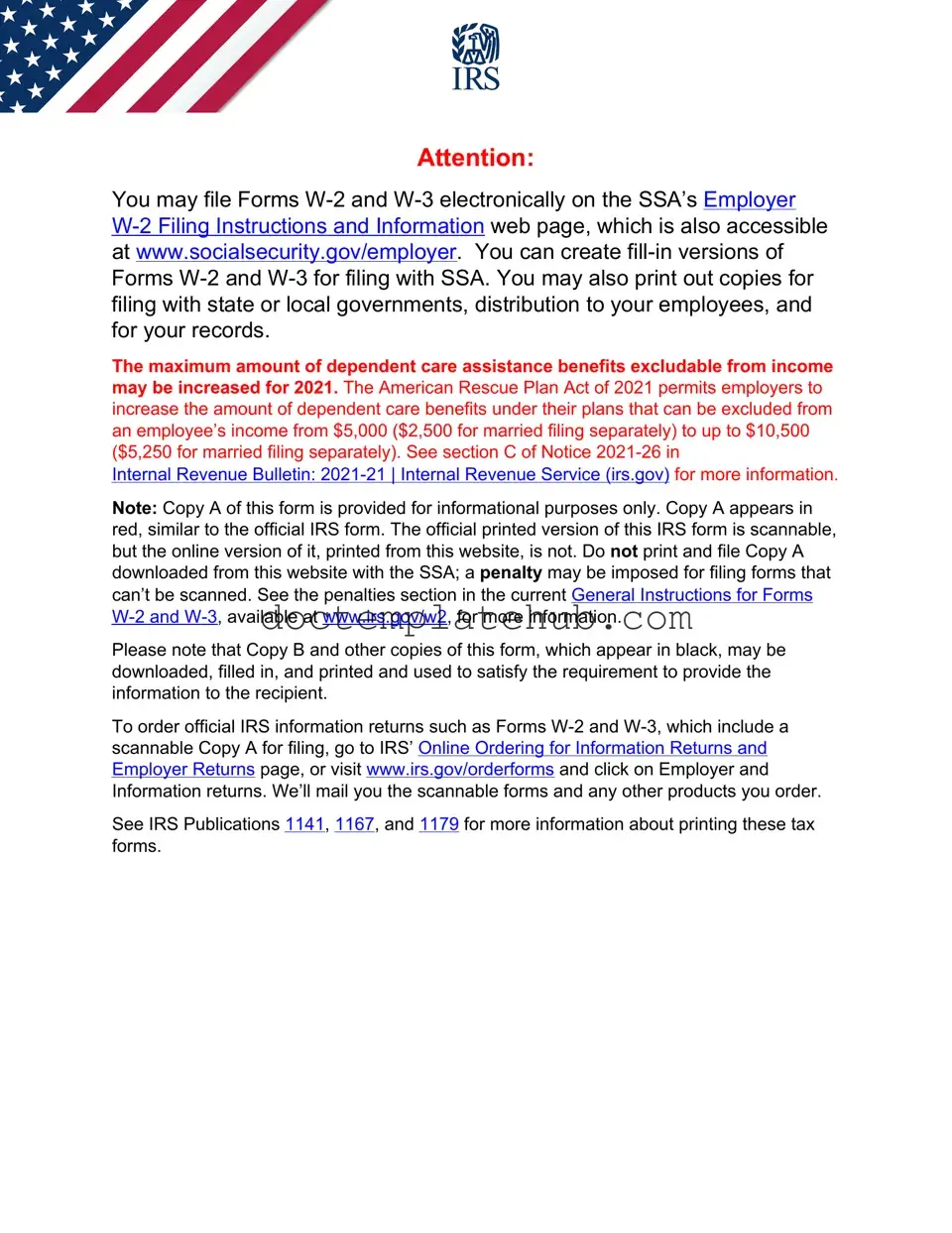What is the IRS W-3 form?
The IRS W-3 form, also known as the Transmittal of Wage and Tax Statements, is a summary form that accompanies the W-2 forms when employers report wages and tax information to the Social Security Administration (SSA). It provides a total of all W-2 forms issued by an employer for a given tax year, ensuring that the information matches what the SSA has on file.
Who needs to file the W-3 form?
Employers who issue W-2 forms to their employees must file the W-3 form. This includes businesses, non-profit organizations, and government entities. If you have issued one or more W-2 forms, you are required to submit the W-3 to report the total wages, tips, and other compensation paid to employees.
When is the W-3 form due?
The W-3 form is typically due on January 31 of the year following the tax year for which the W-2s were issued. If January 31 falls on a weekend or holiday, the due date may be adjusted. It is essential to file on time to avoid penalties and ensure compliance with federal regulations.
How do I file the W-3 form?
The W-3 form can be filed electronically or by mail. If filing electronically, you can use the SSA's Business Services Online (BSO) portal, which allows for a streamlined submission process. For paper filing, you must print the W-3 form, complete it, and send it along with the W-2 forms to the appropriate SSA address.
What information is required on the W-3 form?
The W-3 form requires basic information about the employer, including the employer's name, address, and Employer Identification Number (EIN). Additionally, it requires totals for the number of W-2 forms submitted, total wages paid, total federal income tax withheld, and total Social Security and Medicare wages, among other figures.
What happens if I don’t file the W-3 form?
Failing to file the W-3 form can lead to penalties imposed by the IRS and SSA. These penalties can accumulate based on how late the form is filed. Moreover, not submitting the W-3 may result in discrepancies between what the employer reports and what the SSA records, potentially causing issues for employees when they file their tax returns.
Can I amend a W-3 form?
Yes, if you discover an error after submitting the W-3 form, you can amend it. To do so, you will need to complete a new W-3 form with the correct information and submit it along with the corrected W-2 forms. It’s important to indicate that the new submission is an amendment to ensure that the SSA updates its records accordingly.
Where can I find the W-3 form?
The W-3 form can be downloaded directly from the IRS website or the Social Security Administration’s website. It is advisable to use the most current version to ensure compliance with any changes in reporting requirements. Additionally, many payroll software programs include the W-3 form as part of their services, simplifying the filing process for employers.
